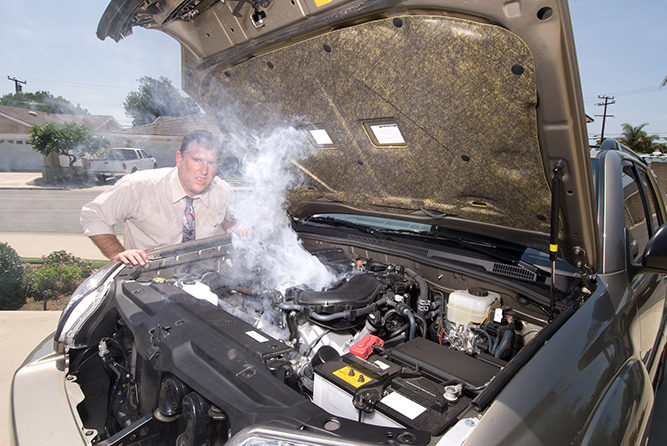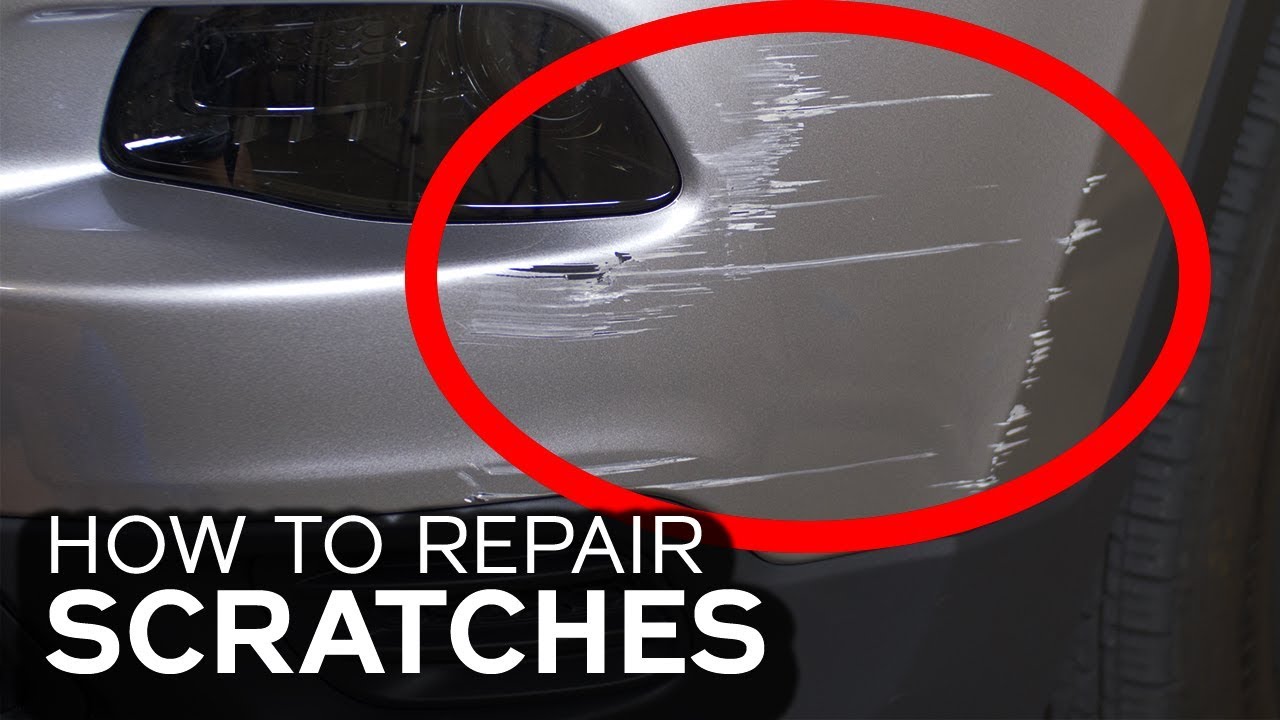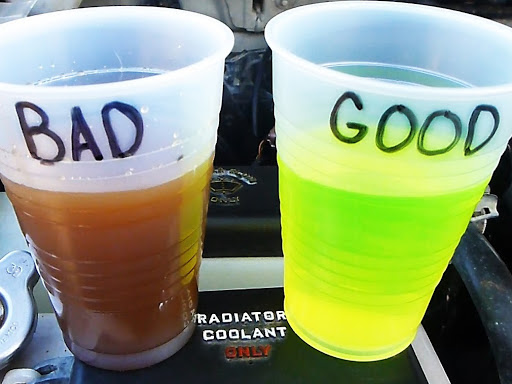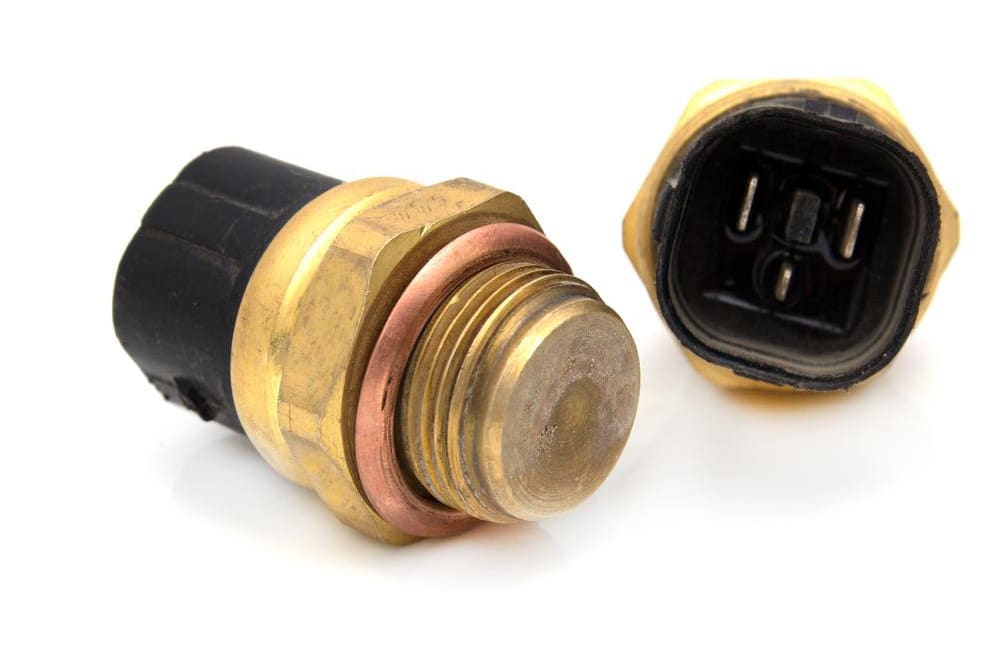Can You Add New Coolant to Old Coolant
Yes, you can add new coolant to old coolant if it’s the same type. Ensure compatibility before mixing coolants.
Maintaining your vehicle’s cooling system is crucial for its performance and longevity. Over time, engine coolant loses its effectiveness and requires replacement or topping up. Many car owners face the question of whether they can mix new coolant with the old.
Adding new coolant to your car’s radiator, especially if it’s the same kind as the old one, can help maintain the engine’s temperature. Before doing so, always check the manufacturer’s recommendation to prevent any potential issues. The key aim is to avoid mixing different types of coolant that may lead to chemical reactions, resulting in engine damage. Regular checks on your coolant levels and condition can save you from costly repairs and keep your engine running smoothly.
The Importance Of Proper Coolant Maintenance
Keeping your car’s coolant system in top shape is critical. The cooling system maintains the engine temperature. Interestingly, not everyone knows you should mix coolants with caution. Proper maintenance ensures the health and longevity of your vehicle’s engine. Let’s explore why the right coolant care is non-negotiable.
Why Coolant Is Essential For Your Engine
Coolant, also known as antifreeze, stops your engine from overheating. It keeps the engine running at a safe temperature. Even in cold weather, coolant prevents your engine from freezing. It’s a true year-round guard for your car’s heart, the engine. Here are other key roles:
- Transfers excess heat to the radiator
- Lowers freezing point in winter conditions
- Raises boiling point in hot conditions
- Protects against rust and corrosion
Risks Of Neglecting Coolant Care
Neglecting coolant care can lead to major engine problems. Without proper maintenance, your vehicle risks serious damage. Below are potential risks:
- Engine overheats
- Coolant system corrosion
- Leaks in the coolant system
- Poor vehicle performance
- Expensive repairs or engine replacement
Regular checks can identify old coolant needing replacement. A mix of old and new coolant dilutes the protection. It’s vital to follow the manufacturer’s guidance on coolant mixing. This typically involves using the same type of coolant. It ensures compatibility and optimal performance of your car’s engine.

Credit: www.carfax.com
Types Of Coolant For Different Engines
When it comes to keeping your engine running smoothly, coolant is key. But not all coolants are alike. Engines come in various types, each requiring a specific coolant formulation for optimal performance and longevity. Understanding the correct type of coolant for your vehicle is crucial.
Conventional Coolant Vs. Extended Life Variants
Conventional coolant, often green in color, has been used in engines for decades. It’s a mixture of ethylene glycol or propylene glycol, water, and additives. Conventional coolants typically need replacing every two to three years.
Extended life variants, contrastingly, can last up to five years or more. They come in various colors like red, orange, or yellow, depending on the additives and are specifically designed to prevent corrosion for a longer period.
Specific Coolant Types For Various Manufacturers
Different engines require unique coolant types. Many manufacturers have proprietary formulas. It is vital to use the correct type as mixing can lead to damage. Here’s a broad look:
- General Motors: Often uses DEX-COOL, identifiable by its orange color. It’s an organic acid technology (OAT).
- Ford: Might require a coolant with hybrid organic acid technology (HOAT), usually yellow or turquoise.
- European Makes: Mercedes, BMW, and VW often require pink or blue coolants that comply with their specific standards
- Asian Vehicles: Such as Honda or Toyota, typically need a silicate-free formulation with a light green or red color.
Using the appropriate coolant safeguards your engine and ensures it performs well. Reference your vehicle’s manual or consult with a professional before adding new coolant to old, especially when unsure of compatibility.
Mixing New And Old Coolant: The Basics
When maintaining a vehicle, you might wonder about mixing new and old coolant. Coolant, or antifreeze, is crucial for your car’s cooling system. It stops the engine from overheating and avoids freezing in cold weather. Understanding the basics is key.
Potential Chemical Reactions
Adding new coolant to old can cause unwanted chemical reactions.
Different coolants have various additives. These can react badly if mixed. It may create a thick gel-like substance. This can block your engine’s cooling system. A blockage could lead to overheating or an engine breakdown.
- Type Match: Always check the coolant type before mixing.
- Consult the Manual: Your car’s manual provides specific coolant requirements.
- Professional Advice: Consult a mechanic if unsure about coolant types.
Effect On Cooling System Performance
Mixing coolants can affect your car’s performance.
An improper mix might not protect the engine well. In winter, the engine could freeze. In summer, it might overheat. Both conditions harm your vehicle.
| Factor | Effect |
|---|---|
| Consistency | New-old mix can change coolant consistency, reducing effectiveness. |
| Corrosion | Unintended reactions can speed up corrosion inside the cooling system. |
| Temperature Protection | Mismatched mix may lower freezing and boiling points of the coolant. |
Always go for a complete coolant change when necessary instead of mixing. Regular maintenance helps avoid these issues. Your car’s performance relies heavily on a clean and effective cooling system.
Step-by-step Guide To Adding Coolant
Protecting your engine is crucial for a smooth ride. A vital element in your car’s cooling system is the coolant. Over time, coolant can deplete or degrade. But fear not, refreshing your engine’s coolant is straightforward. Follow our step-by-step guide to ensure you do it right:
Assessing Coolant Levels
- Turn off your engine. Ensure it’s cool before you check.
- Locate the coolant reservoir. This is typically a translucent plastic tank.
- Check the markings on the side of the tank. Find ‘Full’ and ‘Low’ indicators.
- See the liquid level? It tells you how much coolant is present.
- Is the coolant below the ‘Low’ line? Time to add more.
Proper Technique For Topping Up
- Choose the right coolant. Your car manual specifies which type.
- Wear gloves and goggles for safety. Protect your skin and eyes.
- Twist the reservoir cap off. Do it slowly to release pressure.
- Mix coolant with water if it’s concentrated. Check your manual for the correct ratio. Usually, it’s 50/50.
- Use a funnel to prevent spills. Pour the mix into the reservoir.
- Stop filling when the level reaches the ‘Full’ line.
- Screw the cap back on securely. Check for leaks.
- Start your car. Let it run for a few minutes. This circulates the new coolant.
- Shut off the engine again. Do a final level check once the engine cools.
Remember, mixing different types of coolant can cause issues. Always consult your vehicle’s manual for the manufacturer’s recommendation. Regular checks and maintenance will keep your engine happy and your ride smooth.
When To Choose Complete Replacement Over Topping Off
Finding the right balance between adding fresh coolant to your vehicle’s system or opting for a complete replacement is critical. There are situations where a simple top-off will suffice, but there are clear signs when a full coolant flush is the best course of action. Understanding these signs is essential for maintaining a healthy engine cooling system.
Your car’s coolant doesn’t just keep your engine from overheating; it also helps prevent corrosion. Over time, coolant loses its efficacy. Here are key indicators that your coolant might need a complete overhaul:
- Color change: Coolant usually has a green, orange, or yellow hue. If it appears rusty or murky, it’s a red flag.
- Poor performance: If your vehicle starts overheating or the heater isn’t working well, degraded coolant may be the cause.
- Contamination: Oil or debris in the coolant reservoir signifies a more severe issue that needs immediate attention.
Compared to merely topping off, a full system flush has its advantages.
| Benefit | Description |
|---|---|
| Removal of contaminants | A flush eliminates particles and sludge that can harm engine components. |
| System inspection | This process allows for a thorough check for leaks and wear. |
| Coolant effectiveness | New coolant improves the heat transfer and anticorrosive properties, enhancing engine longevity. |
Expert Tips For Coolant Management
Maintaining your car’s coolant system is crucial for its performance. It keeps your engine cool and running smoothly. When it comes to adding new coolant, knowing the right steps is key.
Seasonal Considerations For Coolant
Season changes affect your coolant. It’s important to check and adjust it. Here are some tips to help:
- Summer: Heat demands more from your coolant. Checking levels and concentration ensures proper cooling.
- Winter: Low temperatures can cause freezing. Make sure the antifreeze level is sufficient to prevent this.
- Spring/Fall service: Ideal times for a coolant flush. Regular checks keep your system ready for temperature swings.
Long-term Storage And Coolant Condition
Storing your car for a long time? Consider your coolant’s condition. Old coolant can corrode your engine. Here’s what to do:
- Inspect the coolant color. Dark or discolored coolant needs replacing.
- Test for the proper chemical balance. Use a test kit or seek professional help.
- If storing for over a year, consider draining the system. Refill it when you’re ready to use your car again.
A top-up might seem simple, but mixing coolants can cause problems. Always use the same type of coolant. Check your manual if you’re unsure. Remember to dispose of old coolant responsibly!

Credit: www.reddit.com
Frequently Asked Questions Of Can You Add New Coolant To Old Coolant
Can You Mix New Coolant With Old?
You can mix new coolant with old, but it’s not recommended. Over time, coolant loses its anti-corrosive and cooling properties. For the best engine protection, completely flush the old coolant and fill with fresh mixture according to manufacturer specifications.
Is Topping Off Coolant With Different Brand Safe?
Mixing different coolant brands can lead to chemical reactions, possibly damaging the engine. Stick to one brand or fully flush the system before changing types. Always check compatibility with your vehicle’s specifications before adding new coolant.
How Often Should Coolant Be Completely Replaced?
Coolant should be replaced completely every 30,000 to 50,000 miles or as per the vehicle manufacturer’s guidelines. Regular replacement helps maintain engine cooling efficiency and prevent corrosion and buildup within the cooling system.
What Are The Risks Of Old Coolant In Cars?
Old coolant can become acidic, leading to corrosion, overheating, and damage to the engine, radiator, and cooling system. It’s essential to follow the manufacturer’s schedule for flushing and replacing coolant to avoid these risks.
Conclusion
Wrapping up, mixing new coolant with old can be feasible if they are compatible. Always consult your vehicle’s manual and consider professional advice for optimal engine health. Regular maintenance is key. For more insightful tips on car care, keep following our posts.






